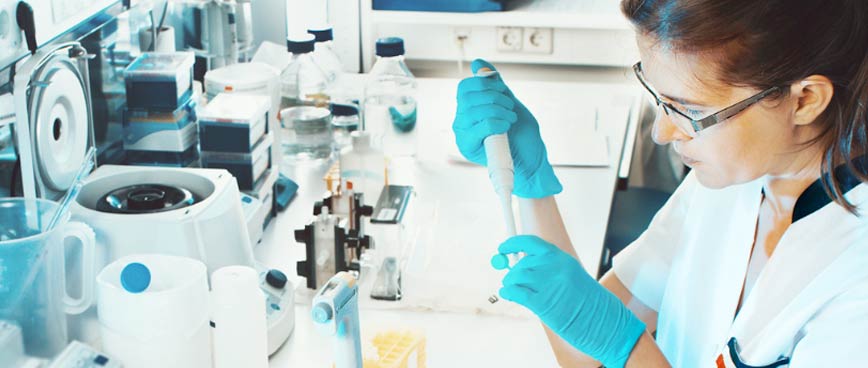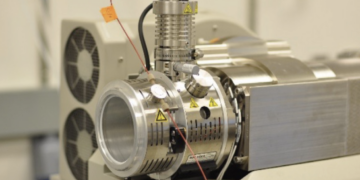ADME / Tox Screening
Metabolic Stability

Predicting clearance and estimating bioavailability
Frontage offers multiple compound stability services to help elucidate the metabolic profile of your drug.
Metabolic stability or clearance is recognized as one of the main determinants of drug concentration in blood and has been used effectively to predict pharmacokinetics and toxicokinetics. Compounds with poor metabolic stability are exposed to comprehensive first-pass metabolism in the liver and gut right after absorption from the gut via the portal vein, causing poor overall bioavailability to circulation and rapid elimination from the body.
In vitro studies on metabolic stability are conducted to measure the rate of disappearance of the molecule using liver microsomes, S9 fraction, or isolated hepatocytes. The in vitro data are valuable in predicting the in vivo hepatic clearance and estimating bioavailability and systemic clearance.

Frontage offers a variety of metabolic stability assays to determine the in vitro half-life and intrinsic clearance of test compounds, with customizable assay conditions. Our assays can be conducted using different matrices from various species. We also offer metabolic stability assays in various matrices, such as simulated intestinal and gastric fluids, as well as in plasma and whole blood.
Metabolic Stability Services
- Buffer Stability: Drug candidates can be unstable in various physiologically relevant buffers, such as simulated interstitial fluid or simulated gastric fluid. The stability in SIF or SGF may provide insightful information for understanding the PK behavior of the compounds.
- Hepatocyte Stability: Hepatocytes are a living system, which closely mimics the in vivo situation. They contain all the liver metabolizing enzymes and their cofactors. It is a preferred system for in vitro drug metabolism studies.
- Microsomal Stability: Liver microsomes are the most frequently used form of tissue preparations for in vitro drug metabolism studies. Pooled microsomes contain all active CYP450 enzymes, which are responsible for the metabolism of most drugs, and other enzymes such as FMO and UGTs. Frontage offers a broad microsomal collection and has the capacity for assaying hundreds of compounds on a weekly basis.
- Plasma/Blood Stability: Plasma and blood contain esterases and proteases activities. Compounds with ester and amide bonds, such as many pro-drugs and peptide-based compounds, should be routinely tested for plasma/blood stability.
- S9 Stability: S9 contains all the enzymes present in the microsomes and cytosol, such as aldehyde oxidase and many enzymes responsible for phase II metabolism.
- Non-CYP mediated metabolism: UGTs, SULT1E1, AO, FMO and others using recombinant enzymes.
- Human Gut Microbiome-Based Drug Discovery
- In vitro human gut microbiome anaerobic metabolism model
- Comprehensive human microbiome biomarker panels (Bile acids panel; SCFAs panel; Tight-junction permeability panel, Inflammatory panel, etc.)
Resources To Consider


Global Drug Discovery Services Overview

In Vitro ADME Services

Gut Reaction: Human Microbiome Analysis Insights


